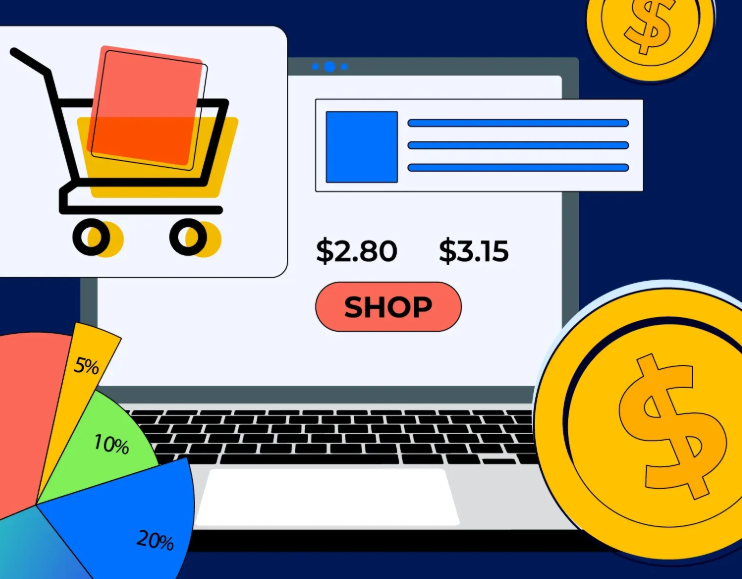Price comparison websites (PCWs) have come a long way since their inception, transforming from basic tools offering simple price lists to sophisticated platforms powered by advanced algorithms. Their evolution has been fueled by changes in technology, consumer behavior, and the growing complexity of online shopping.
In the early days of e-commerce, price comparison websites emerged as a convenient way for consumers to compare prices across various retailers. These early platforms functioned much like digital catalogs, listing products from different stores along with their prices. This model was relatively simple: a product would be searched, and a list of online retailers offering it would be presented in a straightforward, table-like format. While helpful, this basic setup lacked many of the features that consumers take for granted today, such as real-time price updates or in-depth product reviews.
As e-commerce grew and online shopping became more mainstream, the limitations of these simple price comparison tools became apparent. Retailers adopted dynamic pricing strategies, with prices fluctuating based on demand, inventory, and competitor prices. To stay relevant, price comparison websites had to evolve, and they did so by integrating more sophisticated technologies.
The next major step in their evolution came with the integration of automated web scraping and real-time data aggregation. These tools allowed PCWs to gather pricing information from multiple sources instantaneously, keeping product listings up-to-date. Moreover, the inclusion of user-generated content, such as reviews and ratings, added another layer of depth to the comparisons. This shift marked the beginning of a more consumer-centric approach, where shoppers could not only compare prices but also evaluate product quality and reliability.
In recent years, the rise of artificial intelligence (AI) and machine learning (ML) has propelled price comparison websites into a new era. Today’s PCWs use complex algorithms that track and predict price trends, helping consumers make informed purchasing decisions. Some websites even incorporate personalized recommendations, tailoring product suggestions based on browsing history and preferences. For instance, if a consumer consistently purchases eco-friendly products, the website may highlight green alternatives, even if they aren’t the cheapest option. Additionally, some platforms now offer price tracking features that alert consumers when the price of a product drops, enabling them to purchase at the optimal time.
The integration of advanced technologies has also introduced new levels of transparency. Many price comparison platforms now offer insights into shipping costs, return policies, and even customer service ratings. This holistic approach empowers shoppers with a complete view of the total cost of ownership, beyond just the sticker price.

As e-commerce continues to grow, the role of price comparison websites will only become more significant. In the future, we can expect even more advanced AI algorithms that will not only compare prices but also predict future price movements, recommend alternative products, and offer seamless integration with voice-activated shopping assistants. The evolution of price comparison websites is far from over, and as technology continues to advance, these platforms will remain an essential tool for navigating the increasingly complex world of online shopping.
